
Think Again: Are Education Programs for High Achievers Inherently Inequitable?
This brief challenges the notion that marginalized students of high ability are harmed by advanced education, with implications for better screening measures and expansion of programs.

Redefining the School District in America
In Redefining the School District in America, Nelson Smith reexamines existing recovery school districts (RSDs)—entities in Louisiana, Tennessee, and Michigan charged with running and turning around their state’s worst schools—and assembles the most comprehensive catalog of similar initiatives underway and under consideration elsewhere.
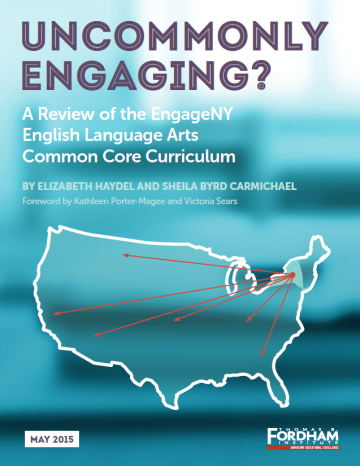
Uncommonly Engaging? A Review of the EngageNY English Language Arts Common Core Curriculum
The need for standards-aligned curricula is the most cited Common Core challenge for states, districts, and schools. Yet five years into that implementation, teachers still report scrambling to find high-quality instructional materials. Despite publishers’ claims, there is a dearth of programs that are truly aligned to the demands of the Common Core for content and rigor.
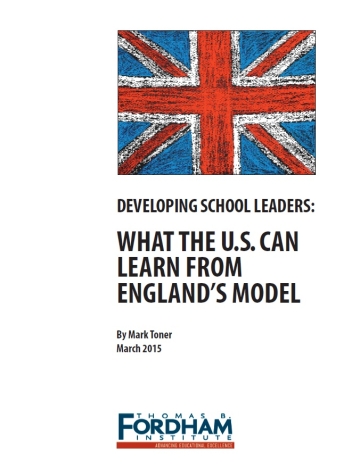
Developing School Leaders: What the U.S. Can Learn from England's Model
The myriad challenges facing school principals in the United States have been well documented, including limited opportunities for distributed leadership, inadequate training, and a lackluster pipeline for new leaders. Recently, the Fordham Institute teamed up with the London-based Education Foundation to seek a better understanding of England’s recent efforts to revamp school leadership.

Common Core and America's High-Achieving Students
Gadfly editorial by Chester E. Finn, Jr. and Amber M. Northern
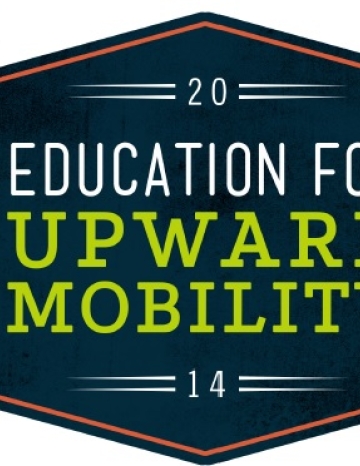
Education for Upward Mobility
At the Education for Upward Mobility conference, the Thomas B.
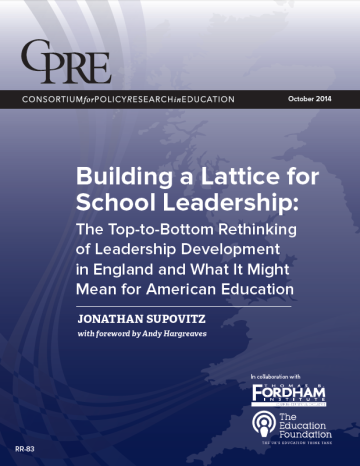
Building a Lattice for School Leadership
Over the past decade, the English government has revamped that country’s approach to school leadership. At the center of the reform is the sensible idea that school leadership needs to be a team endeavor. While not a new idea—there’s been for years plenty of discussion about “distributed leadership” on both sides of the pond—the Brits got busy actually making it happen as opposed to jawboning about it. Central to their leadership structure is the formalization of three levels of school leaders, each with distinct roles and responsibilities: headteachers who lead schools (equivalent to the principal’s role in the U.S.), senior leaders or deputy heads who assist the headteacher (similar to the vice principal role in American education but...
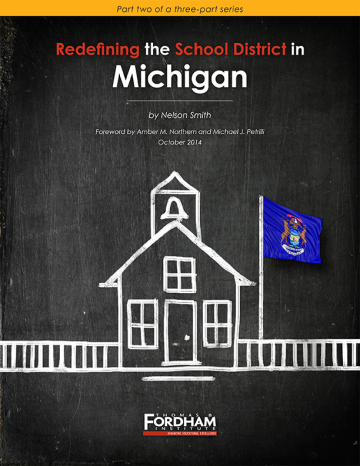
Redefining the School District in Michigan
What happens when policymakers create statewide school districts to turn around their worst-performing public schools?
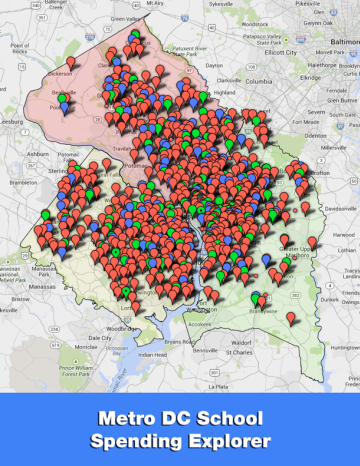
Metro D.C. School Spending Explorer
The Thomas B. Fordham Institute set out to answer a basic (yet complicated) question: how much does each school in the D.C. metro area spend on day-to-day operations for each student it enrolls? In the Metro D.C.

The Hidden Half: School Employees Who Don't Teach
The number of non-teaching staff in the United States (those employed by school systems but not serving as classroom teachers) has grown by 130 percent since 1970. Non-teachers—more than three million strong—now comprise half of the public school workforce. Their salaries and benefits absorb one-quarter of current education expenditures.

Lacking Leaders: The Challenges of Principal Recruitment, Selection, and Placement
A school’s leader matters enormously to its success and that of its students and teachers. But how well are U.S. districts identifying, recruiting, selecting, and placing the best possible candidates in principals’ offices? To what extent do their practices enable them to find and hire great school leaders? To what degree is the principal’s job itself designed to attract outstanding candidates?
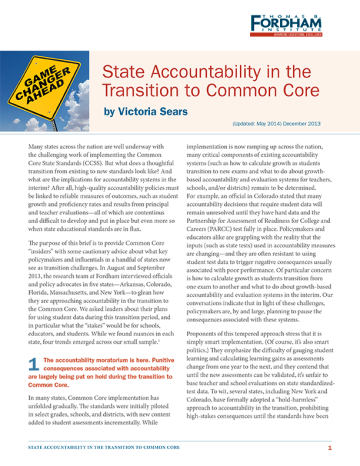
State Accountability in the Transition to Common Core
The Common Core is at a critical juncture. While many surveys show that support for the standards themselves remains strong, implementation has not been without major challenges.
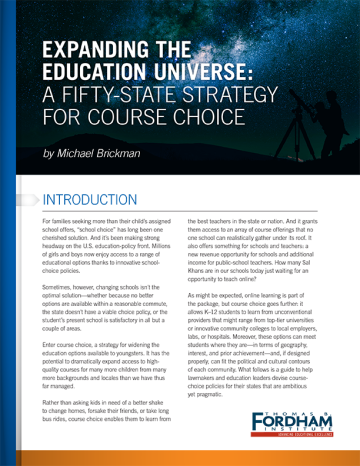
Expanding the Education Universe: A Fifty-State Strategy for Course Choice
After twenty years of expanding school-choice options, state leaders, educators, and families have a new tool: course choice, a strategy for students to learn from unconventional providers that might range from top-tier universities or innovative community colleges to local employers, labs, or hospitals.